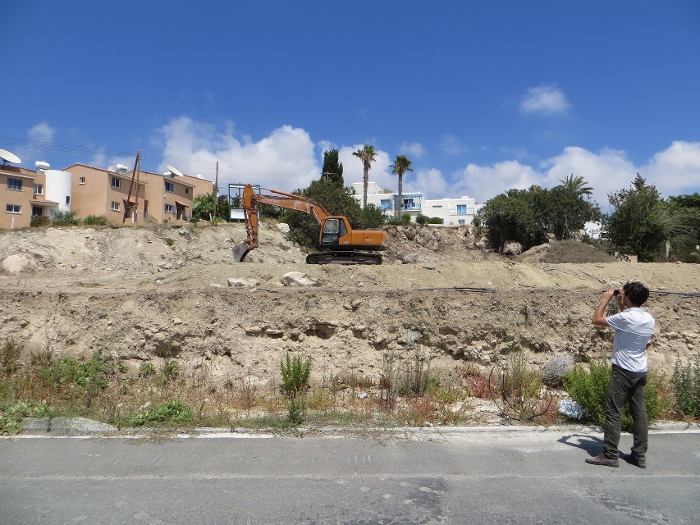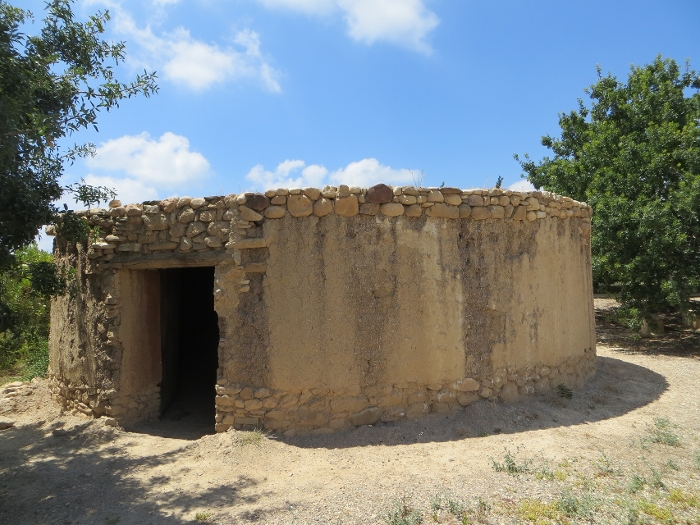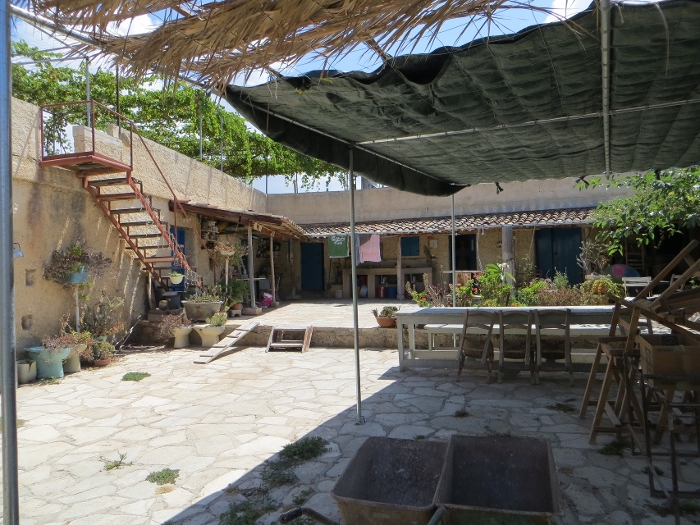Fieldwork campaign
Excavating Chlorakas-Palloures
Investigating the emergence of complex societies in Chalcolithic Cyprus.
- Duration
- 2015 - 2018
- Contact
- Bleda Düring
- Funding
-
 Leids Universiteits Fonds
Leids Universiteits Fonds
- Partners
Department of Archaeology, Nicosia.
Lemba Archaeological Centre.
Research question
The Chalcolithic is a relatively neglected period in archeological studies of the eastern Mediterranean, in which the focus has generally been on the Neolithic (emergence of farming) and the Bronze Age (emergence of urbanism). The Chalcolithic is then often perceived as ‘empty millennia in the middle’.
However, in Cyprus the investigations of the Lemba Archaeological Project have in fact demonstrated that the Chalcolithic, between ca. 4000 and 2500 BC, is of key importance for the study of how complex societies evolved on the island.
Important developments in this period include the origins of metallurgy, the rise of exchange networks in which craft products were exchanged (eg. picrolite figurines), and increasing social differentiation as indexed by variation in house sizes. These developments form the basis for the subsequent rise of metallurgy, trade, and complex societies in the Bronze Age.
The Chlorakas- Palloures excavation project will shed new light on this as yet poorly understood period in Cypriote prehistory.

Project description
While the Middle Chalcolithic in particular, ca. 3500-2900 BC, has been relatively well investigated in Cyprus, the Late Chalcolithic, ca. 2900-2500 BC, which forms the transitional stage into Bronze Age, is much less well understood.
Chlorakas- Palloures has both Middle and Late Chalcolithic occupation layers, and is therefore ideally suited to investigate the transition between the two periods and the nature of the settlement in the Late Chalcolithic period.
The hypothesis is that the Late Chalcolithic is a crucial period for the development of metallurgy, and social differentiation, as evidenced for example in the pithos house in Kissonerga- Mosphilia.
The primary goals of the Chlorakas- Palloures excavations would be: (a) to obtain a better understanding of the social and cultural developments in Chalcolithic Cyprus; (b) to better understand the transition from the Middle Chalcolithic to the Late Chalcolithic; and (c) to better document the nature of the settlement in the Late Chalcolithic.
More specific questions are: (a) what is the variation in houses and burials in the settlement and what does this tell us about society; (b) what evidence is there for craft specialization in the settlement; and (c) are there any exotic materials and artifacts present and what do they tell us about (changes in) exchange networks.
Chlorakas-Palloures is a site at risk. The site has already suffered substantially from agricultural development and from construction, and is likely to experience further destruction in the near future. These circumstances add urgency to our research.

Why Leiden University?
At Leiden University there is a substantial amount of expertise on Eastern Mediterranean Prehistory. In 2013 Bleda Düring was asked by the Department of Archaeology of the Republic of Cyprus to take up rescue excavations at Chlorakas- Palloures. Apart from the need to rescue the site from destruction and the opportunity to train students, the site is also well suited to further develop research into societies intermediate between the early Neolithic and the urban revolution of the Bronze Age, a research strength in Leiden, and will allow us to develop a long term cooperation with the Republic of Cyprus.

The Chalcolithic Uncovered: Journey into the Cypriot past through Archaeological Excavation
Due to the selected cookie settings, we cannot show this video here.
Watch the video on the original website or